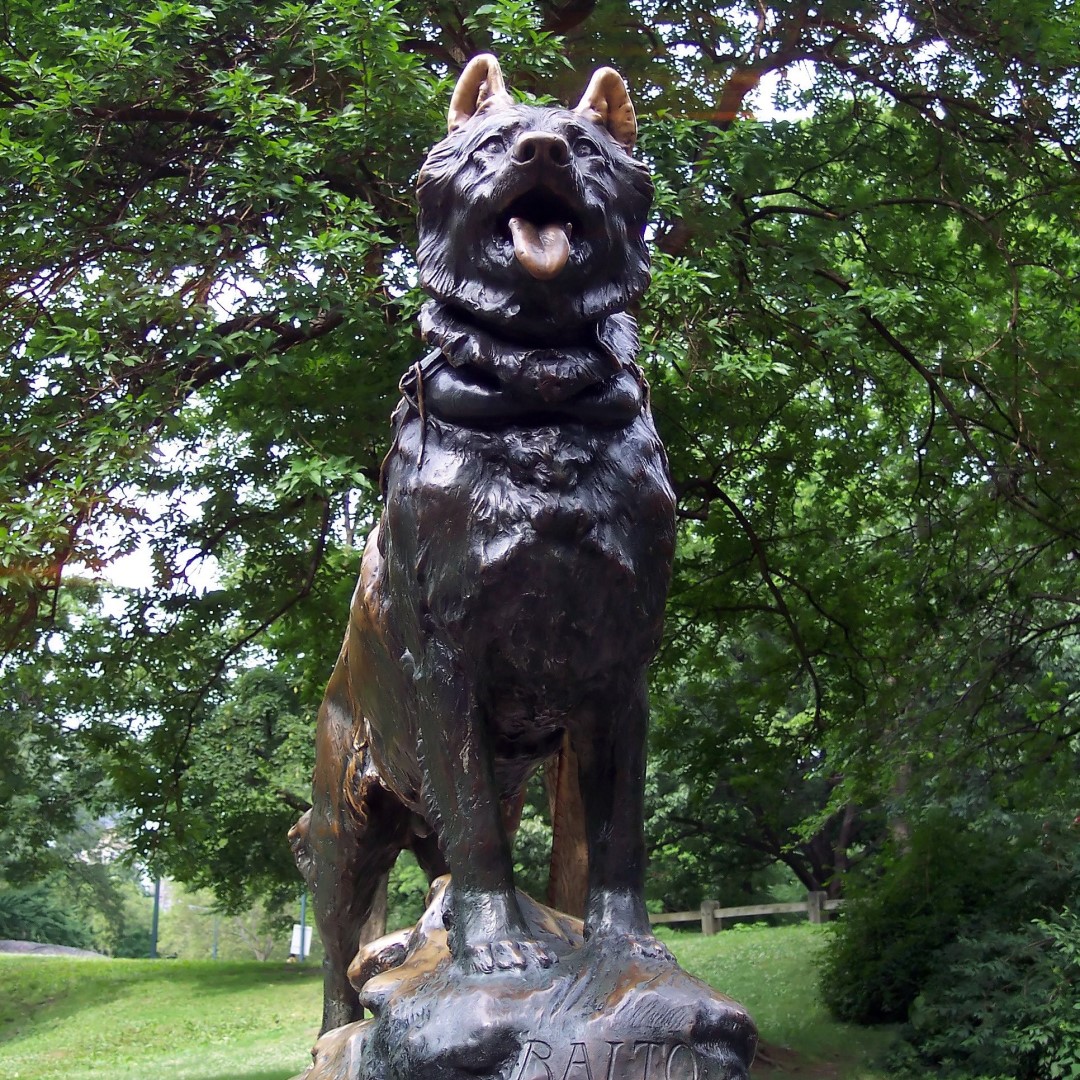
Geneticists linked DNA of famed sled dog Balto to modern breeds
On Apr. 27, 2023, researchers at Cornell University announced they had used ancient DNA extraction and analysis to reconstruct the phenotype of Balto, the dashing canine renowned for transporting diphtheria antitoxin to Nome, Alaska, in 1925, and identify genetic connections to Siberian husky and modern sled dog breeds.
The research revealed Balto’s lineage was genetically healthier and less inbred than modern breeds, with characteristics adapted to the extreme environment of 1920s Alaska.
The researchers found that Balto clusters most closely with Alaskan sled dogs, with a high genetic diversity and a lower burden of potentially damaging genetic variants. He also had substantial ancestral similarity to Siberian huskies, Alaskan malamutes, Greenland sled dogs and outbred dogs from Asia.
In terms of his metabolism, the researchers found he had enhanced starch digestion – roughly halfway between that of wolves, which are meat-loving protein digesters, and modern dogs, which are more efficient at digesting starch.
The Balto project was a proof of concept, Huson noted, and she hopes to use the same process to explore other historical dogs whose hides have been preserved. One obvious candidate: Togo, the sled dog who was arguably more essential in the Nome serum run but has been long overshadowed by Balto, because Balto led the final leg of the relay.
The team’s paper, “Comparative Genomics of Balto, a Famous Historic Dog, Captures Lost Diversity of 1920s Sled Dogs,” was published in Science.
Tags:
Source: Cornell University
Credit: Statue of Balto, Central Park, Courtesy NY Parks Department.
